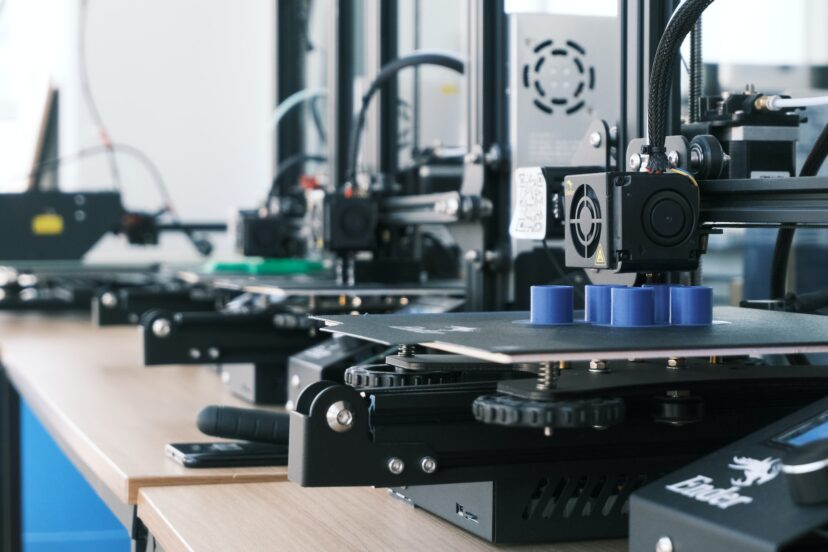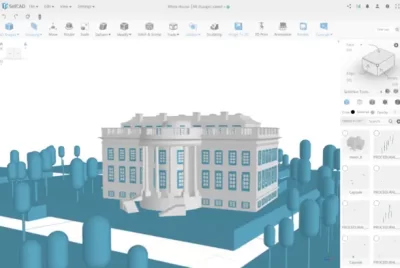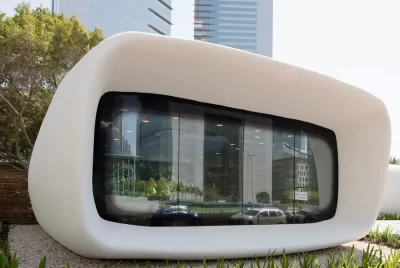Top 10 3D Printer Features: Your Ultimate Buyers Guide
You face a sea of 3D printers, all of which are looking at you and imploring, “Pick me!” Go with me! Isn’t it a terrifying sight? But have no fear! We’ll always have your back. Especially for those just starting out, navigating the options for a 3D printer in today’s market can feel like navigating a maze. This post will help you narrow down your search for a 3D printer by discussing the top 10 3D printer features to look for. Get comfortable, get a cup of coffee, and we’ll get started right away!
Printing Technology of The Printer
It’s important to remember that not all 3D printers are made equal. The printing methods used are the primary differentiating factor. The most common are stereolithography (SLA) and fused deposition modeling (FDM).
Fused deposition modeling printers are your mainstays. They pour molten plastic filaments one by one to build the thing. They can be used in a variety of ways and are cheap enough for novices and enthusiasts to purchase.
SLA printers, on the other hand, employ a light source to cure a liquid resin, producing prints that are both precise and glossy. SLA could be the way to go if you’re in need of a more precise and thorough approach to your task.
Printing Quality and Resolution
The print resolution of a 3D printer can be compared to a magnifying glass. Resolution as 3D printer features, is often expressed in microns; a smaller number indicates a greater resolution and finer print. High resolution can look appealing, but keep in mind that it will take more time to print. Finding the optimal balance between your patience and the needs of your project is the key.
Build Volume
The next 3D printer feature to consider is the build volume, or, to put it another way, the maximum size of the finished product that can be produced by your printer. The dimensions of the build platform of the printer are what decide this. If you want to print larger models or parts, you’re going to require a printer that has a larger build volume than the one you currently have. It is important to keep in mind, however, that larger build volumes typically come with a higher price tag.
Compatibility of the Materials
This is the point at which the proverbial rubber meets the road, or, more properly, the point at which the filament joins the printer. Because certain printers are only compatible with certain types of materials aka types of plastic 3D printing, it is necessary to evaluate what it is that you will be producing before purchasing a printer. PLA and ABS plastics are common 3D printer plastics and are normally used in basic FDM printers, but more powerful machines are able to work with a larger variety of materials, such as nylon, wood composites, and even metal alloys!
Print Speed
If you’re the kind of person who has a “need for speed,” then you should read this. The print speed of your 3D printer is the rate at which the extruder may be moved, and it is often measured in millimeters per second (mm/s). Be aware, though, because racing at high rates can frequently result in a degradation of the print quality. Finding a happy medium between your demand for quickness and your desire for detail is the key to success here.
Software Compatibility
Now, you’ve got your printer, and you’ve got your model. But how do you tell the printer to print it? That’s where the slicing software comes in. It converts your 3D model into layers the printer can understand. Most 3D printers come with their own slicing software, but it’s worth checking if the printer is compatible with popular third-party options for greater flexibility.
Connectivity Options
In an increasingly wireless world, this feature can’t be ignored. Most 3D printer features offer a variety of connectivity options like USB, SD card, WiFi, or even Ethernet. WiFi-enabled printers provide the convenience of remote management, but some people prefer the reliability of wired connections. It’s all about what suits your workspace and workflow.
User-Friendly Interface
Nothing takes the fun out of 3D printing quite like a user interface that is difficult to navigate. Look for a printer that has a user interface that is uncomplicated and easy to understand. Some of the higher-end models come equipped with touchscreen displays, which make navigating the vehicle much simpler. After all, the less time you spend fiddling with the settings, the more time you’ll have for making prints that are fantastic.
Auto Calibration
Do you remember the days when you tried to hang a picture so that it was level with the wall? Now, picture yourself doing something similar with the bed of a 3D printer, but with a significantly narrower margin of error. That must be giving you a headache, right? The solution to this problem is auto calibration, which is often referred to as auto-leveling. It performs an automatic adjustment of the bed level, guaranteeing that each and every one of your prints gets off to a good start.
Assistance and a Sense of Community
Support from others and involvement in one’s community are also very important factors to consider. When things don’t go as planned, having a solid warranty and reliable customer service can be a literal lifesaver. A user community that is both broad and active has the potential to be a rich source of troubleshooting advice, hints, and other useful information. It is important to keep in mind that the process of 3D printing is just as important as the final product, and traveling is always more enjoyable when shared with others.
Conclusion
That was a lot to take in, right? With this 3D printer features checklist in hand, though, finding the best 3D printer should be a breeze. Keep in mind that there is no such thing as the “best” 3D printer; rather, you should choose the one that suits your demands and budget the most. Have fun with your printing!
Did that answer some of your questions? Do you think you have more information to make a good choice now? Read more about 3D printers at 3D Printing Hive!




